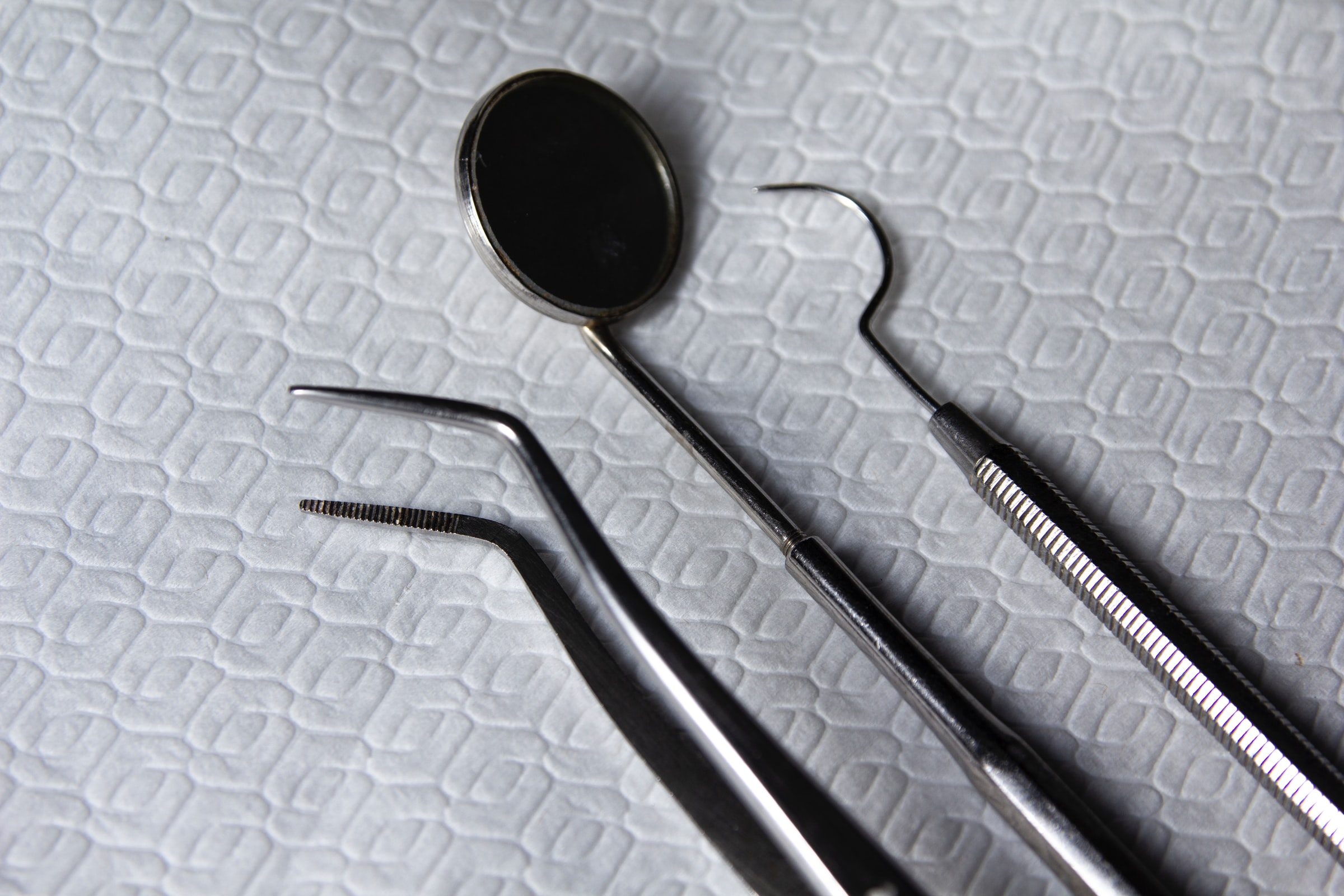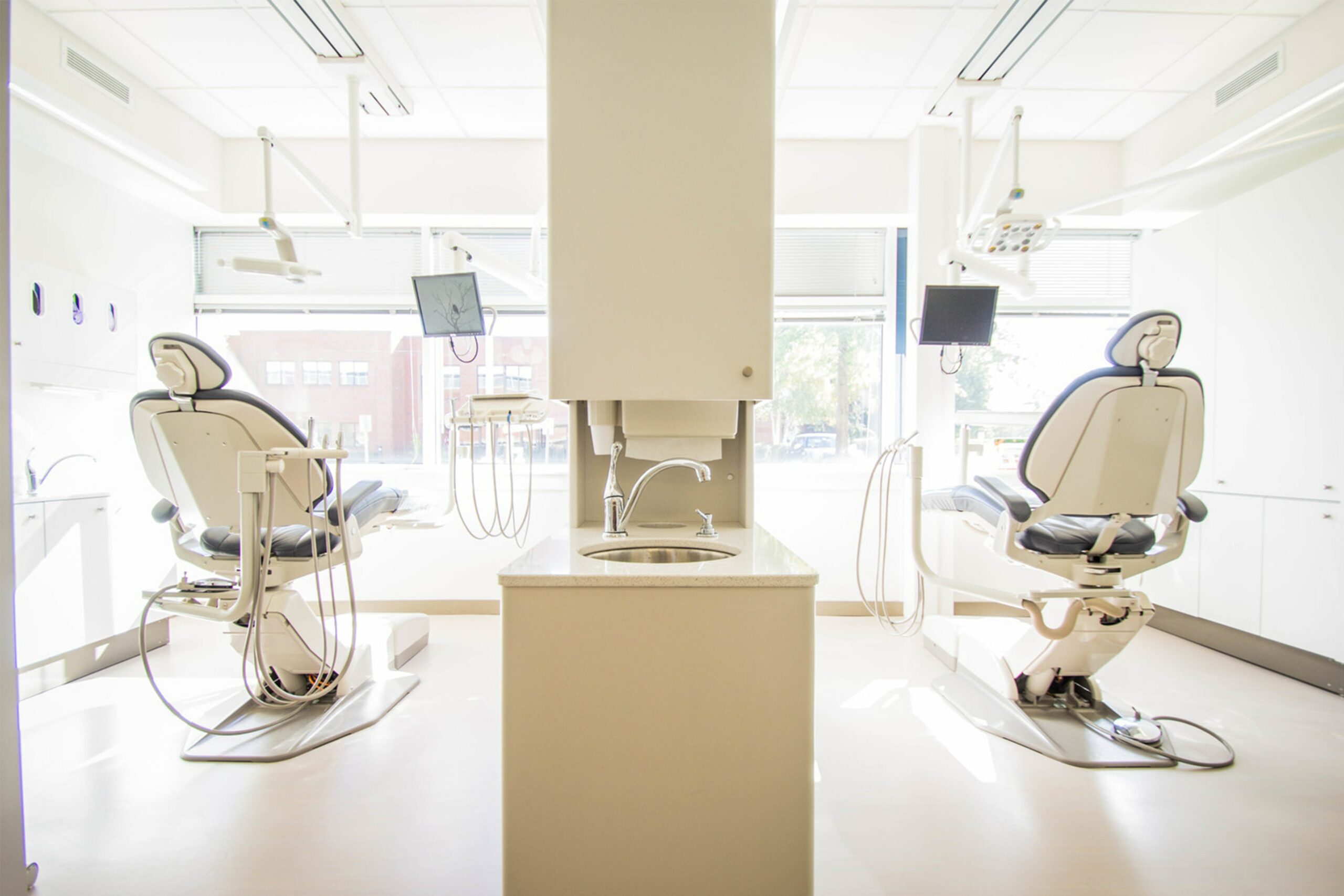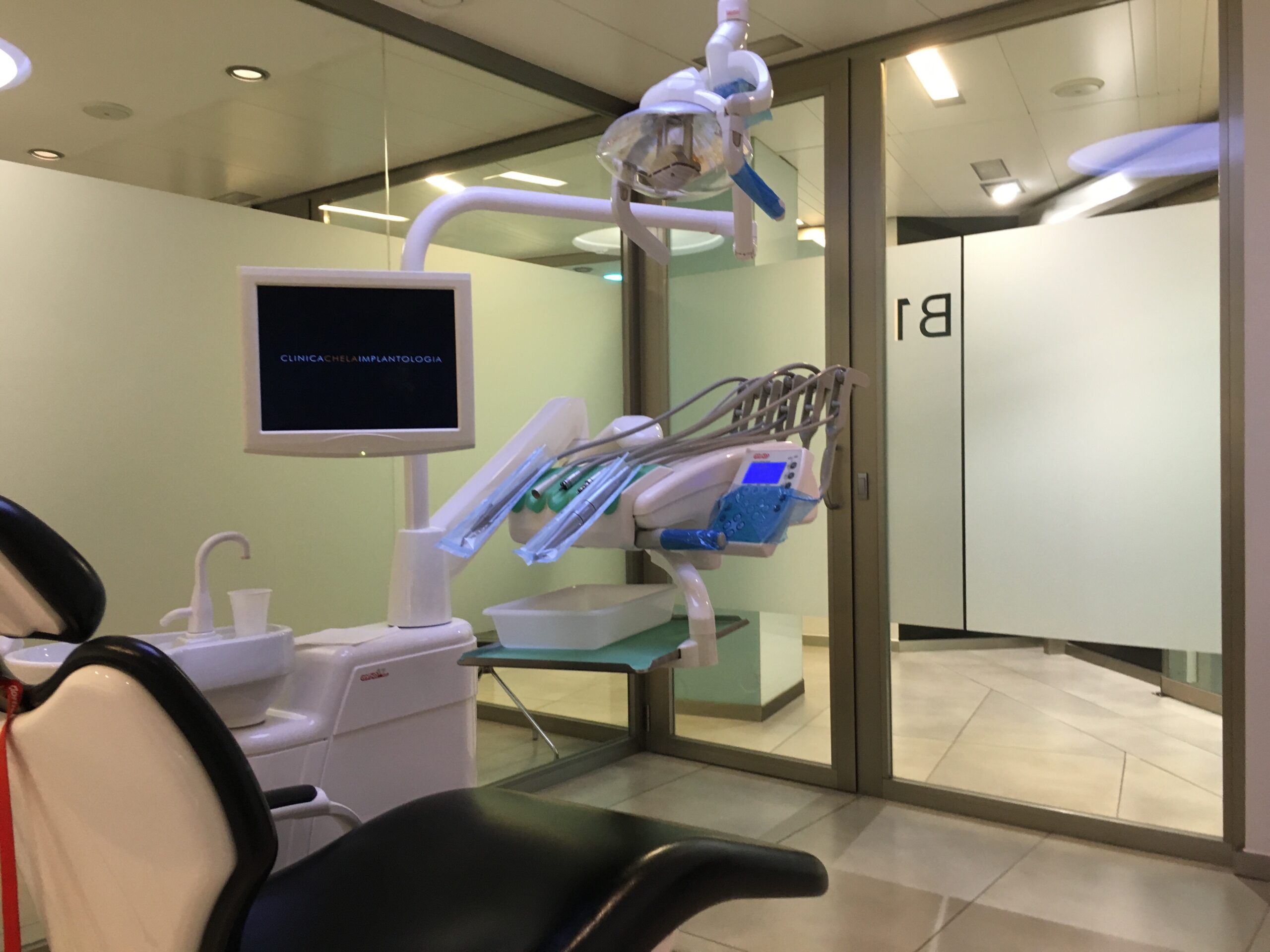
December 12, 2022
Why Most Dental Practice Associateships Fail

Of all the dental practice transition options, associateships have the highest failure rate. A natural first thought is to bring on an associate with plans to buy it at a later date out at a later date, but the numbers prove otherwise. When a practice simply brings on an associate with eventual plans to transition the practice at a later date, the results are predictable—a 20% success rate, in fact. So why do dentists continue to go this route? We break down the logic behind selling your dental practice to an associate.
The thinking
Bringing on an associate is about more than creating a plan to sell the practice to them in the future. Instead, a doctor wants to focus on increasing production. One way to get the most out of their space is by bringing an additional doctor in house. Another common reason to add an associate is because the doctor may want to lighten their load if they’re booking out for months. This can help relieve the bottleneck.
The downside is that, if an associate is at the practice for a while, they begin to have patients on their calendar for weeks — even months — to come. When that happens, the associateship (predictably) doesn’t work and the practice will have an even bigger bottleneck and unhappy patients.
Like in both of these examples, associateships are rarely successful since not everything is agreed upon from the outset and different expectations not being met by both parties. In a retirement situation, the retiring dentist brings on an associate to pick up managerial responsibilities to help ease the transition, and that’s why developing a transition roadmap is important to make sure it’s a successful transition.
The roadmap to any dental practice transition can take many forms, but it starts by getting it in writing. By outlining all the details prior to the date of purchase, the process will be painless when it comes time to finally buy in. Conversely, the current owner should also have a writing plan in regard to scaling back their liability and chance the associate leaves because their expectations are being met.
Then, plan your timeline — and take your time. Part of the written outline should include when and how the buy-in will happen. The timeline could require the associate staying at the practice for a certain number of years before buying it or it could be set by predetermined growth benchmarks. Since the associate-to-buy-in plan takes a few years, it also gives all parties time to figure out their compatibility and working relationship. At the end, mapping out your timeline lets all doctors exit gracefully and with little financial impact.
Most importantly, before starting the associate-to-buy-in process, it’s essential to complete a practice valuation so you have a better understanding of the amount of growth the associate is responsible for to ensure the associate isn’t paying for their contribution to the increased value of the practice. A second valuation is also recommended on the day of the transition. The two valuations are averages so the associate doesn’t pay double for the work they’ve done and the seller is compensated for the risk of having a high-priced employee on board.
The numbers
Who better to sell to than someone you’re already working with? Most dentists take on an associate in hopes of potentially selling the practice in the future, so keep that in mind when looking for an associateship, while also taking into account the cost of acquiring a practice and the overhead of running a business. After the cost of acquiring a practice and the overhead of running a business, taking on an associate is typically not an affordable option. If going this route, make sure there’s a contractual “out” should the match not be a good fit so no time or money is wasted.
The timeline
Selling a dental practice to an associate typically takes around three to four years. On paper, taking on an associate is normally the fastest route as there are often a lot of prospects; however, with a one-in-five success rate, timing can be unpredictable in finding the best match for your dental practice.
The buyer
While taking on an associate is risky from an owner’s perspective, it makes sense at times for a fledgling dentist to get their feet on the ground. With this option, you are working for a person or a DSO as an employee without an ownership benefit or management responsibility. This allows the associate to relocate or move among practices with ease and little stress since there is no real commitment on their end.
Another perspective to keep in mind as an associate is how the buyout price could change over time. Bringing in an associate should make the practice more successful because they’re able to increase production, collections and more. That said, they’ll likely be buying into the practice at a higher rate than they would if they would’ve developed a roadmap when the associateship began.
The truth
Associates typically only last two years at most because of unset expectations in regard to patient assignment, salary, and timeframe for branching out and buy-in related to value, purchase price, and buy-in/buy-out terms. It’s also worth noting associates don’t receive the same type of tax advantages as the practice owner.
The current state
Now more than ever, dentists are in high demand, particularly associates in private practices and dentists in dental service organizations (DSOs), many of whom suffered income reductions or layoffs during the pandemic. Similarly, with increased hours from those who kept their jobs and a high rate of burnout because of the demands brought on by the pandemic, many independent dentists are turning toward DSOs to reduce management stress or pre-retirement associateships to continue earning.
The alternative
Once upon a time, the only options for transitioning out of a dental practice were to sell to another dentist or close its doors. But today, there are a lot of alternatives with higher success rates, such as partnering with a DSO or selling to an individual or a DSO.
Bottom line
Selling to an associate can be profitable when making an informed decision based on facts. See if bringing in an associate makes the most sense for your practice, your staff and patients or if there’s a better option that will benefit you and your practice in the long run. Contact the professionals at Professional Transition Strategies to figure out which route makes the most sense for your dental practice.







